For traditional fuel vehicles, the thermal management of the vehicle is more concentrated on the heat pipe system on the vehicle engine, while the thermal management of the HVCH is very different from the thermal management concept of traditional fuel vehicles. The thermal management of the vehicle must plan the "cold" and "heat" on the whole vehicle as a whole, so as to improve the energy utilization rate and ensure the battery life of the whole vehicle.
With the development of Battery Cabin Coolant Heater, especially the mileage of pure electric vehicles is to some extent one of the important factors for customers to choose whether to buy. According to statistics, when an electric vehicle is under severe working conditions (especially in winter) and the air conditioner is turned on, HVCH will affect more than 40% of the battery life of the vehicle. Therefore, compared with traditional fuel vehicles, how to comprehensively manage energy for pure electric vehicles is particularly important. Let me give you a detailed explanation of the main differences between traditional fuel vehicles and new energy vehicles in the field of thermal management.
Power battery thermal management as the core
Compared with traditional vehicles, the thermal management requirements of HVCH vehicles are higher than those of traditional vehicles. The thermal management system of new energy vehicles is more complex. Not only the air conditioning system, but also the newly added batteries, drive motors and other components all have cooling requirements.
1) Too low or too high temperature will affect the performance and service life of lithium batteries, so it is necessary to have a thermal management system. According to different heat transfer media, battery thermal management systems can be divided into air cooling, direct cooling, and liquid cooling. Liquid cooling is cheaper than direct cooling, and the cooling effect is better than air cooling, which has a mainstream application trend.
2) Due to the change of power type, the value of the electric scroll compressor used in the electric vehicle air conditioner is significantly higher than that of the traditional compressor. At present, electric vehicles mainly use PTC coolant heaters for heating, which seriously affects the cruising range in winter. In the future, it is expected to gradually apply heat pump air-conditioning systems with higher heating energy efficiency.
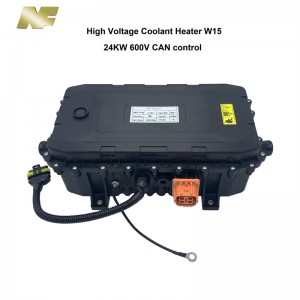

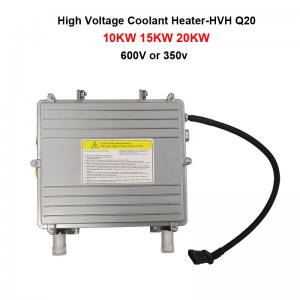
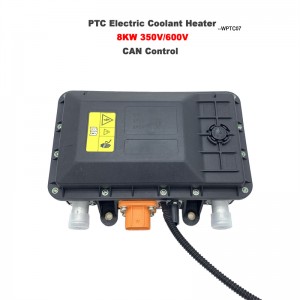
Multiple Component Thermal Management Requirements
Compared with traditional vehicles, the thermal management system of new energy vehicles generally adds cooling requirements for multiple components and fields such as power batteries, motors, and electronic components.
Traditional automotive thermal management system mainly includes two parts: engine cooling system and automotive air conditioning system. The new energy vehicle has become a battery motor electronic control and reducer due to the engine, gearbox and other components. Its thermal management system mainly includes four parts: battery thermal management system, automotive air conditioning system, motor electronic control cooling system, and reducer cooling system. According to the classification of cooling medium, the thermal management system of new energy vehicles mainly includes liquid cooling circuit (cooling system such as battery and motor), oil cooling circuit (cooling system such as reducer) and refrigerant circuit (air conditioning system). Expansion valve, water valve, etc.), heat exchange components (cooling plate, cooler, oil cooler, etc.) and driving components (Coolant Additional Auxiliary Water Pump and oil pump, etc.).
In order to keep the power battery pack working within a reasonable temperature range, the battery pack must have a scientific and efficient thermal management system, and the liquid cooling system generally operates independently and is not affected by the external conditions of the vehicle. One of the most stable and efficient thermal management methods in automotive battery thermal management is currently the most popular thermal management solution for major new energy vehicle manufacturers.
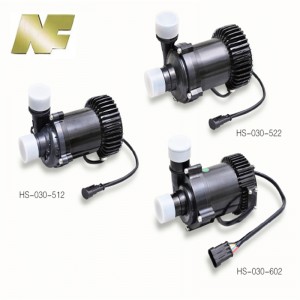
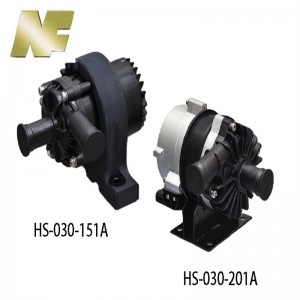
Post time: Jan-17-2023




